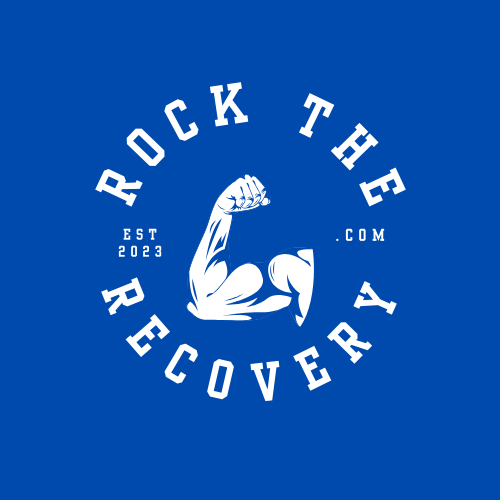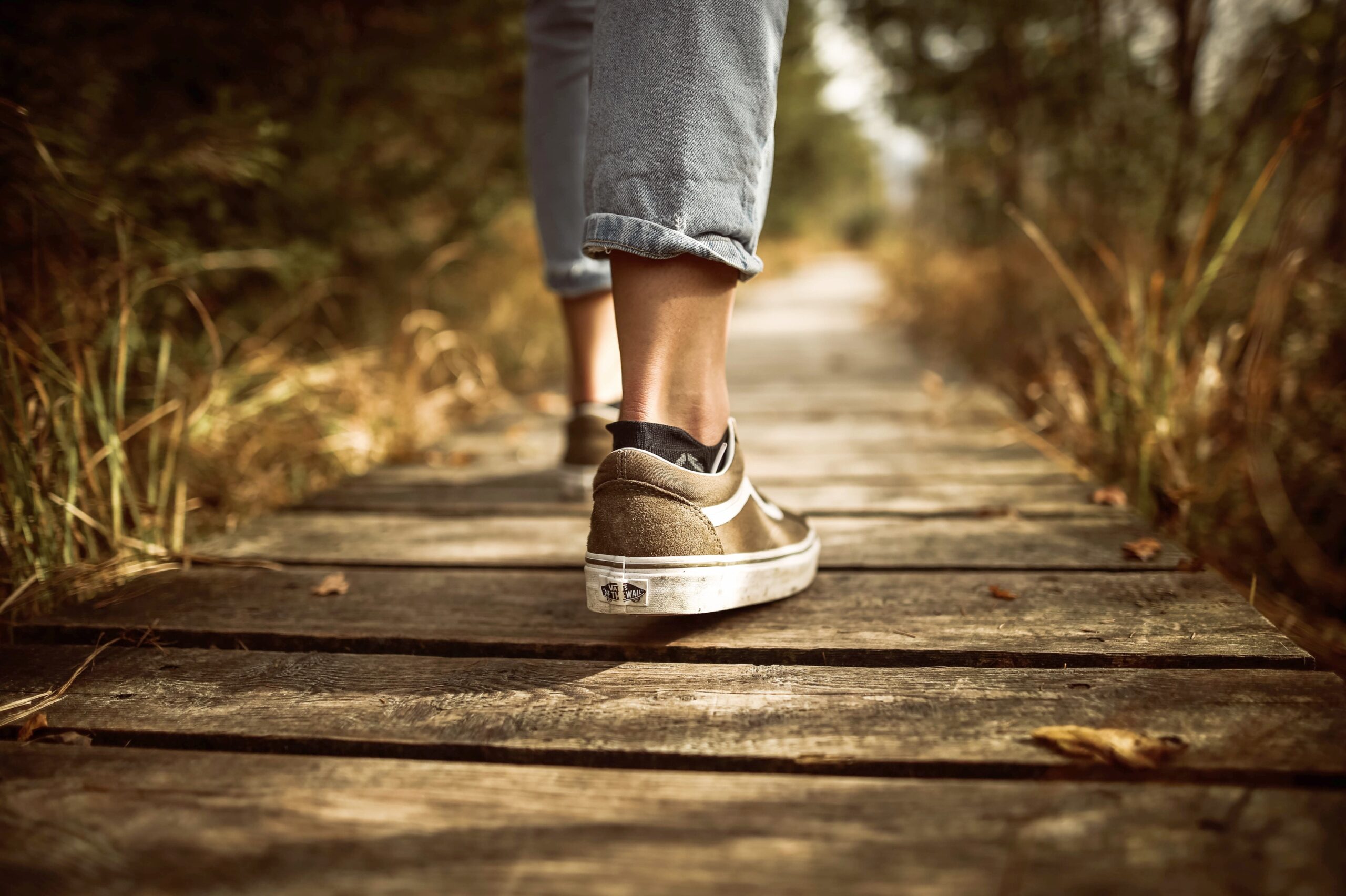Early on in my career I worked in homecare and met a new patient. He was young and strong for a TKR. I asked him where his walker was, and he said: “oh, I don’t need it anymore, I was told I can go with a cane.” He proceeded to get up and say: “I don’t always use that either.” He stood up without help, on to a very stiff and bent knee. With minimal movement at all of the knee, he proceeded to walk across the small room as if he was doing a poor impression of a pirate with a wooden leg. He turned to me and said: “See, I’m doing great.”
Well, he sure did get across the room…in one piece. A few things became clear to me in that moment; but most importantly was that I had my work cut out for me. This man needed to go back to using his walker desperately; and he also needed a big wakeup call about how his recovery was going. We got there, but let us not make the same mistakes, shall we?
Progress for the sake of progress is not what we are looking for here. He ditched the walker too early, possibly due to pride (Younger male patients I’m talking to you), or maybe he wanted to feel like he was just doing well, I imagine it was some of both in this case. What he should have focused his time on is swallowing the pride and working on his gait QUALITY.
Your knee as I’ve said in each article so far has just gone through a traumatic experience. Nerves severed; your brain needs to rewire how it talks to the muscles surrounding your new knee. Ambulation (or walking) is an extremely complex activity, and I would guess it’s been a while since you’ve walked naturally since your knee (or knees) are arthritic. Now you have a brand-new knee, and we need to train it for success.
Early on in the process you will need help to get up. You will likely want your leg out away from you when you go to stand up and will want to slide it out away from you before you go to sit down. This means relying heavily on your good leg, arms and whoever is with you to stand. Once up you will also likely walk with a very stiff leg and will heavily rely on supporting your weight through your walker with what is called a step to gait pattern (think wedding march). Walker first, then surgical leg comes forward, and here comes the fun part, put weight through your arms into the walker and bring your other leg up to the surgical one. Then repeat.
Congratulations, you are up walking. It is going to hurt but that won’t stop your PT from starting to nitpick your walking quality. Just do what you can, with the goal of returning to normalize walking. If you try a little bit each step it will improve. There is a light at the end of the tunnel I promise! The timeline below is for most, but the amount of time will vary. The goal dates listed are for those who were walking relatively naturally without a walker before their surgery. If you do not fall into that category, then give yourself a little more time.
- The first thing you want to work on is putting less and less weight through your arms, to allow your leg to accept the weight of your body safely (days 0-4). Progress until you are no longer pushing down on the walker, instead just lightly pushing it forward. (Varies in time)
- When stepping onto the surgical side you’ll want to try and step with your knee swinging fully straight. Your PT might say something like: “Try and come down on your heel when you step forward.” This will accomplish the same goal. (days 0-5)
- As you start to improve with these, you will be ready to progress to what is called a “step through” gait cycle. Think of each leg taking symmetrical steps. The PT will say: “Try and pass your surgical leg with your other leg.” (varies Days 7-14)
- Once you are walking with a step through gait, your leg should naturally start to swing back and flex at the knee as you come off your toe; and smoothly transition into the full knee extension heel strike discussed above. This is all called the “swing phase” of gait in the industry. This one happens more naturally than needing your focus. (Days: 14-25)
Now that we’ve talked through what things to focus on we can see how our Pirate friend skipped basically all these steps and got himself into trouble. You’d likely be safe to keep the walker in hand for another 2 weeks (or more) after you’ve accomplished all the checkpoints above for two reasons. Number one we do NOT need to fall and end up back on the surgical table. Number two when we do progress to a cane, we do not want to lose any of the gait qualities that were listed above. If you can’t catch on to walking as stated above practicing with the cane for a day, then you are not ready for it. This process should also only happen once your PT provides you with their blessing and is there to help keep you safe.
Just as with walking, you want to ask your knee to do as much as it can with all activities. Once your knee ROM starts to improve and pain is better controlled, start sliding the leg back before you stand up to stretch and engage muscles; equalize the effort, and stop favoring the leg. Same with getting in/out of bed or a car. Initially you might need a strap, but don’t lift the leg like its dead weight or a Fabergé egg. Allow yourself to struggle and use your leg muscles!
Walking is great and all, but it needs to be performed alongside a comprehensive exercise routine that is tailored to your level as you progress. It will focus on the big two: Range or motion and strength. Your Therapist will progress you through what is typically a standardized group of exercises that all organizations in the US will utilize and will pan out from there as you progress. Words or pictures cannot do exercises justice but videos to come!
One bit of exercise that you will want to make part of your program is a stationary bike. Be it in Rehab or in outpatient you will want to do this with the supervision of your PT. This is a great way to improve your ROM! Other key exercise/functional milestones are going up the steps. First you will do one step at a time with the saying: “Up with the good foot first, down with the bad” initially with heavy use of your arms on railings. But as you progress, stepping up with your surgical foot, or eventually down with your good first can be a great way to strengthen your leg (once safe).
Hitting on your milestones is obviously great, however just a word of warning. For some, the first time you do something new, it can cause some pain and swelling that night or the next day. Don’t stress. I typically warn people this will happen in your first few outpatient sessions, or the first time you go to a large supermarket or mall to walk. Next, we will talk about what can go wrong and how to avoid it!

